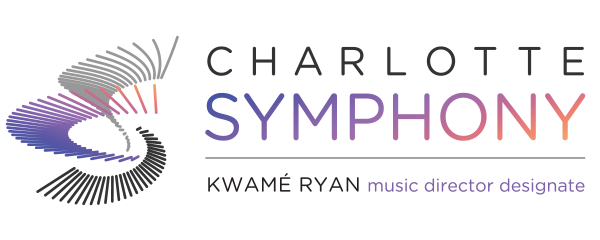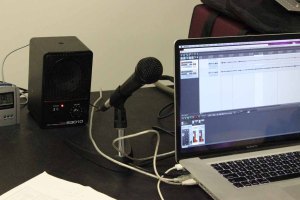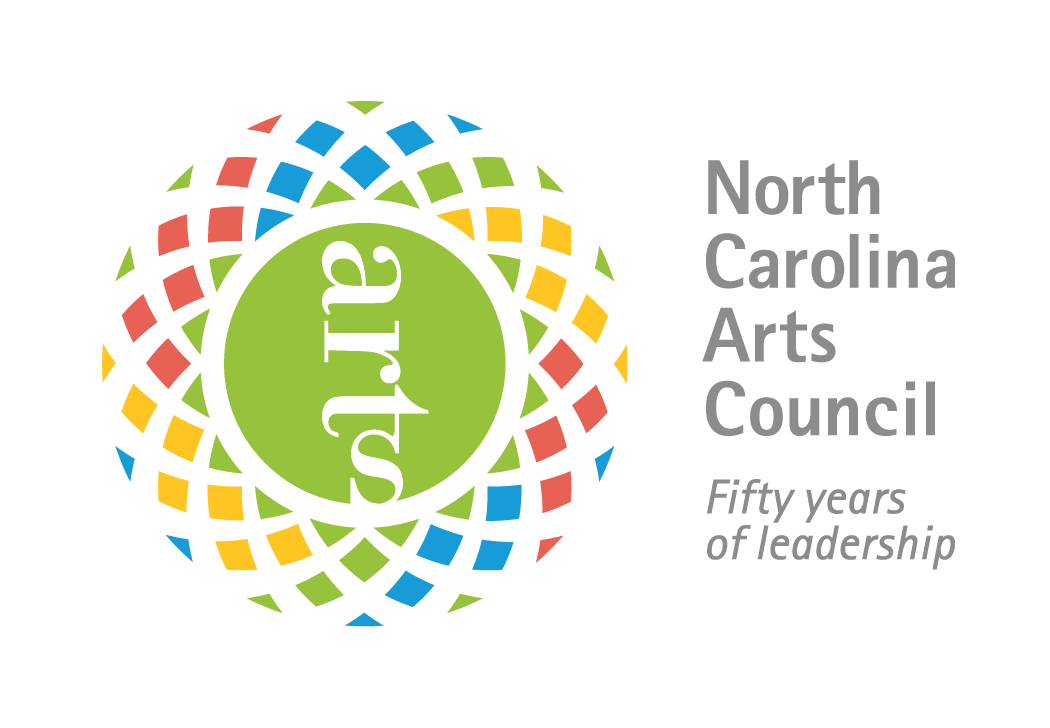Sound of Charlotte Blog
Outrunning Beethoven
September 11, 2020 |
Think you can beat Beethoven in a race? Lace up your running shoes for the Symphony Guild of Charlotte's first-ever virtual 5K and test your stamina! This socially-distanced run / walk celebrates Beethoven in his 250th birthday year and can be completed any time between November 6-8. When you sign-up you'll receive a playlist featuring all four movements of Beethoven's energetic and tuneful 7th Symphony. |
Your goal: Finish the 5K before the 38-minute symphony ends. Participants will receive a custom t-shirt, finisher's medal, bib, goodie bag, and a special discount for select future CSO concerts.
All levels of participation are welcome. You can complete your run inside on your treadmill, outside in your neighborhood, or anywhere else inspiration takes you. Track your time and compete with others in our Strava Club, complete the race on your own time, or "sleep in" and just register for the t-shirt. The choice is yours!
Proceeds from this event are used to support the Symphony Guild of Charlotte in its mission to support your Charlotte Symphony.
Read more
9 things you should know about Beethoven's Symphony No. 9
August 30, 2017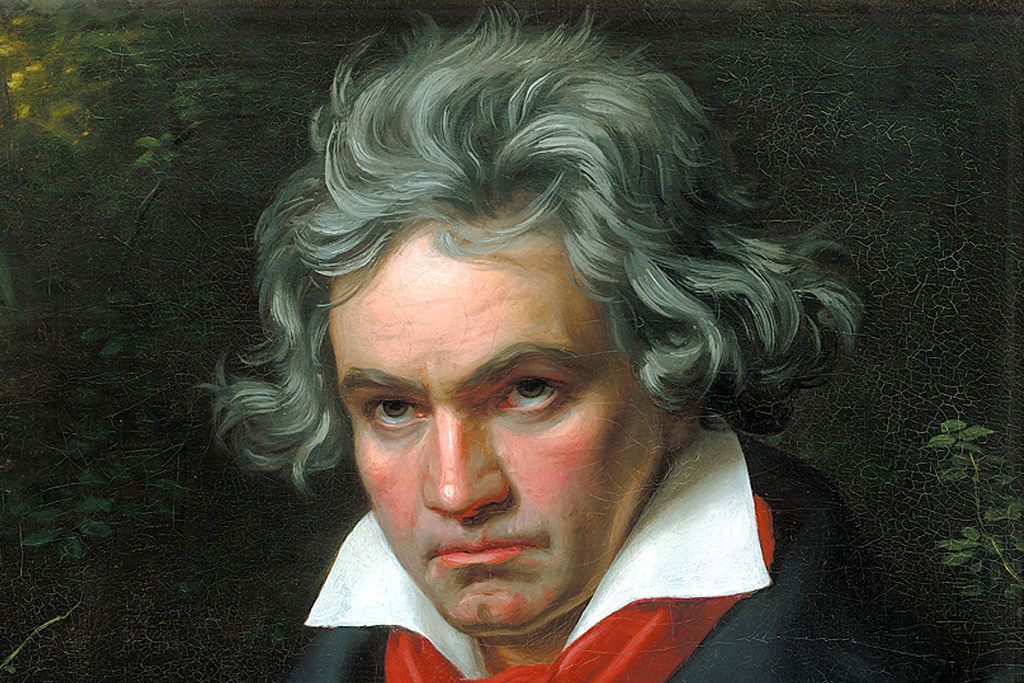
Did you know Beethoven was completely deaf when his Ninth Symphony premiered? Check out more facts about his greatest work before you experience it performed live by your CSO, May 20-22 at Belk Theater.
1. It was the last of Beethoven's symphonies, completed three years before his death in 1824.
2. It premiered in Vienna on May 7, 1824.
3. By the time of its premier Beethoven was completely deaf. At the end of the piece, the crowd burst into applause but Beethoven, who had been a few measures behind the symphony, continued to conduct. The contralto, Caroline Unger, walked over to Beethoven and turned him around so he could accept the rousing applause.
4. It is the first symphony to incorporate vocal soloists and chorus into what, until then, had been a purely instrumental genre. Words are sung in the final movement by four vocal soloists and a chorus.
5. The words in the final movement were taken from the "Ode to Joy" poem written by Friedrich von Schiller in 1785. The poem has a strong message to all mankind: it is about living in peace and harmony together.
6. It's the most epic of Beethoven's symphonies, both in length and performers utilized. The piece is scored for soprano, alto, tenor and bass soloists, mixed chorus, piccolo, two flutes, two oboes, two clarinets, two bassoons, contrabassoon, four horns, two trumpets, three trombones, timpani, bass drum, cymbals, triangle, and strings.
7. It was adopted as the European National Anthem in 1972. In 1985, it became the official anthem of the European Union.
8. When Philips started work on their new audio format known as a compact disc, many groups argued over what size it should be. They planned on having a 11.5 cm diameter CD while Sony planned on 10 cm. One bright chap insisted that one CD ought to have the capacity to contain a complete performance of Beethoven's Ninth Symphony. The duration ranges from about 65 to 74 minutes which requires a 12 cm diameter, the size of a CD.
9. Beethoven was a compositional rebel, rejecting standard classical practices in order to write with emotion. While many of his contemporaries were disgusted, if not intimidated by this, his influence on composers to come after him, like Brahms, Dvorak, and Mahler, shows how important a figure he was.
Read more
2. It premiered in Vienna on May 7, 1824.
3. By the time of its premier Beethoven was completely deaf. At the end of the piece, the crowd burst into applause but Beethoven, who had been a few measures behind the symphony, continued to conduct. The contralto, Caroline Unger, walked over to Beethoven and turned him around so he could accept the rousing applause.
4. It is the first symphony to incorporate vocal soloists and chorus into what, until then, had been a purely instrumental genre. Words are sung in the final movement by four vocal soloists and a chorus.
5. The words in the final movement were taken from the "Ode to Joy" poem written by Friedrich von Schiller in 1785. The poem has a strong message to all mankind: it is about living in peace and harmony together.
6. It's the most epic of Beethoven's symphonies, both in length and performers utilized. The piece is scored for soprano, alto, tenor and bass soloists, mixed chorus, piccolo, two flutes, two oboes, two clarinets, two bassoons, contrabassoon, four horns, two trumpets, three trombones, timpani, bass drum, cymbals, triangle, and strings.
7. It was adopted as the European National Anthem in 1972. In 1985, it became the official anthem of the European Union.
8. When Philips started work on their new audio format known as a compact disc, many groups argued over what size it should be. They planned on having a 11.5 cm diameter CD while Sony planned on 10 cm. One bright chap insisted that one CD ought to have the capacity to contain a complete performance of Beethoven's Ninth Symphony. The duration ranges from about 65 to 74 minutes which requires a 12 cm diameter, the size of a CD.
9. Beethoven was a compositional rebel, rejecting standard classical practices in order to write with emotion. While many of his contemporaries were disgusted, if not intimidated by this, his influence on composers to come after him, like Brahms, Dvorak, and Mahler, shows how important a figure he was.
THE FIRST CSO PERFORMANCE OF BEETHOVEN’S SYMPHONY NO. 6
November 6, 2013This weekend, we're performing Beethoven's Symphony No. 6 for the ninth time! The first performance of this work by your Charlotte Symphony took place on May 26, 1939 with Guillermo S. de Roxlo conducting at Alexander Graham Junior High School.
Here's what that program book looked like:





BEETHOVEN NINE LIVE BROADCAST WITH WDAV
May 10, 2013
WDAV 89.9 FM broadcasted our performance of Beethoven's Ninth Symphony on Friday, May 10, 2013. As you can imagine it takes a bit of work to do this. Here's just an idea of what the checklist and plan for the WDAV staff looks like...
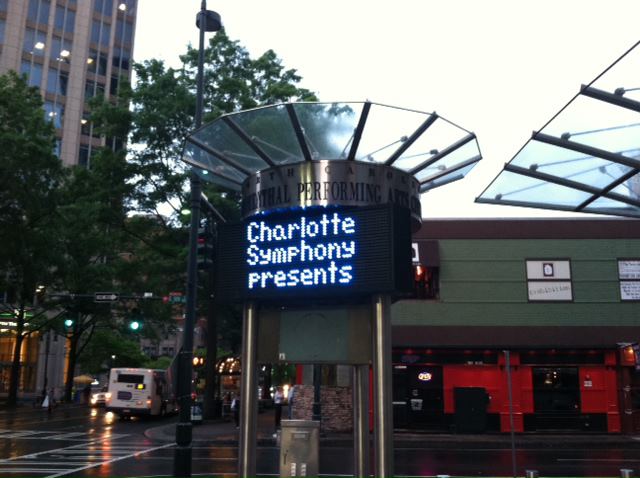
Thanks to WDAV's Frank Dominguez for these notes. In his words "it's a huge team effort, but one we feel is well worth it because of the ability it gives us to share a live concert performance with listeners who may not have the opportunity to attend."
Read more
Just a few other things WDAV Staff does...
- Spread the word about the broadcast and archive it, before and during, via social media and other digital platforms.
- Help with logistics, such as having dinner delivered.
- Coordinate activities with the Symphony and Performing Arts Center staff so that details such as when the concert actually starts and whether there will be any intermissions or encores, are all anticipated and planned for.

Thanks to WDAV's Frank Dominguez for these notes. In his words "it's a huge team effort, but one we feel is well worth it because of the ability it gives us to share a live concert performance with listeners who may not have the opportunity to attend."
Latest Posts
- MERGE: Symphonic x Electronic
- Heart of the Home Tour Returns
- Composer Spotlight: Nia Imani Franklin
- More Famous Than Mozart: Joseph Bologne, Chevalier de Saint-Georges
- Art in Motion: Rosalia Torres-Weiner Chosen to Design CSO Roadshow
- Announcing Kwamé Ryan as the Charlotte Symphony’s Next Music Director
- Photos: Charlotte Symphony Annual Gala and Concert
- Five Must-See Concerts of the 2023-24 Season
- 5 Pro Tips for the Best Summer Pops Experience
- A Preschool Performance Three Years in the Making
